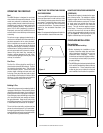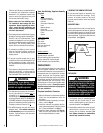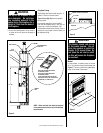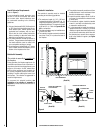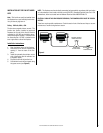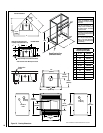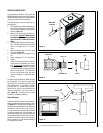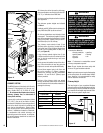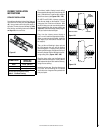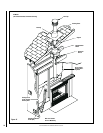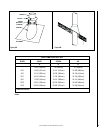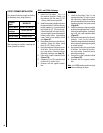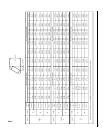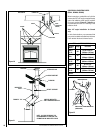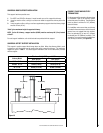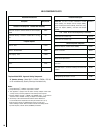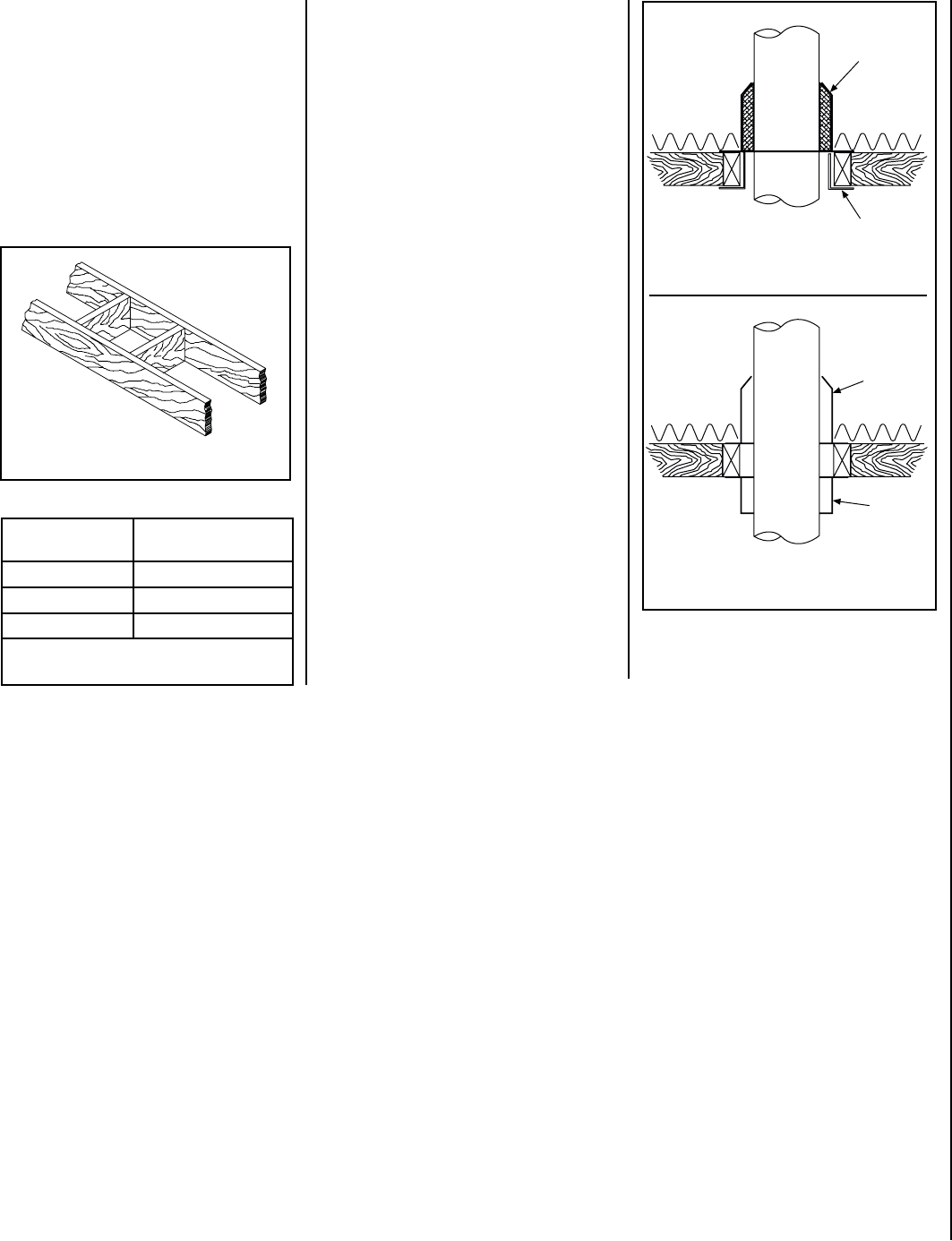
NOTE: DIAGRAMS & ILLUSTRATIONS ARE NOT TO SCALE.
13
CHIMNEY INSTALLATION
INSTRUCTIONS
STRAIGHT INSTALLATION
Cut and frame the holes in the ceiling, floor and
roof where the chimney will pass (see Figure
16). Use a plumb-bob to line up the center of
the holes. The hole sizes are indicated in Table
2 for the floor and ceiling holes and in Table 3
on Page 15 for the roof holes.
Figure 16
From below, install a firestop in each ceiling/
floor separation through which the chimney will
pass. At the attic level, install an attic radiation
shield from above (see Figures 17A & 17B).
For ASHT+ and S-2100+ chimneys, place the
first chimney length on the fireplace. To lock
it into place, turn 1/4 of a turn clockwise. With
the AC chimney you must use a starting section
before installing the first chimney length (see
Figure 18). Continue installing chimney lengths
until you reach the desired height.
Every time the chimney passes through a
roof or a wall, install the appropriate firestop.
When you reach the desired height, install the
roof support (see instructions included with
the support).
Then, put the roof flashing in place and seal
the joint between the roof and the flashing
with roofing pitch. For sloping roofs, place the
flashing under the upper shingles and on top of
the lower shingles. Nail the flashing to the roof,
using roofing nails (Figures 19A & 19B).
Place the storm collar over the flashing and
tighten it with the bolt supplied. Finally, seal the
joint between the storm collar and the chimney,
using silicone caulking.
Install the chimney cap. Once the chimney cap
is in place, the roof flashing can be washed
with a solvent or vinegar and then painted with
rust-proof paint.
Figure 17A
Figure 17B
ATTIC
RADIANT
FIRESTOP
FIRESTOP
ASHT+ & S-2100+
AC RSA
AC
AC RS
CHIMNEY MODEL SQUARE HOLE
SIZE OPENING
ASHT+ 14-3/8” (365 mm)
S-2100+ / HT6000+ 16” (406 mm)
AC 15" (380 mm)
Note: See Table 3 for Sloped Roof Framing
Table 2 - Flat Roof Framing



